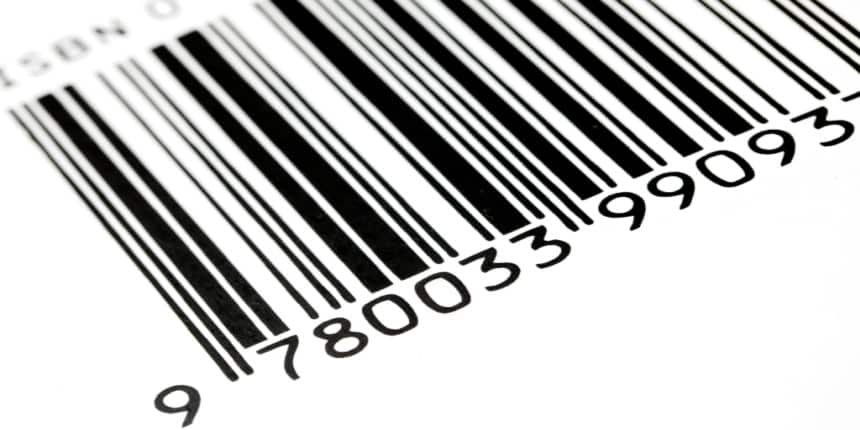EAN Full Form
What is the full form of EAN?
The European Article Number, or EAN code, is a string of numbers that are assigned to an article/product uniquely. Each product has a distinct article number, which is exclusive and cannot be duplicated anywhere else in the world. Because the commodities can be identified easily in seconds, this reduces the amount of time spent by the warehouse and sales department. This article identity can be used to generate an EAN, which can then be applied to the items as a barcode. The barcodes quickly convey item information. As a consequence, the data doesn’t get conveyed erroneously. To maintain this, barcodes must be displayed in a prominent manner.
- What is the full form of EAN?
- Structure of EAN
- Impact of Colour

Structure of EAN
An EAN code has 13 digits. If the product size is small, then an EAN code has 8 digits. These 13 numbers are a blend of the country code, the company code, and the article number. The check digit is the last digit. As a readable bar code, the EAN code represents the global article number (GTIN). The EAN code is utilized in places where GTINs would otherwise need to be manually entered or handled.
Impact of Colour
Colour also has an impact. Dark lines on a light background are usually appropriate. Colour combinations to consider:
Green on: orange, white, yellow, red
Black on: orange, white, yellow, red
Blue on: orange, white, yellow, red
The stronger the contrast, the easier it is to read.